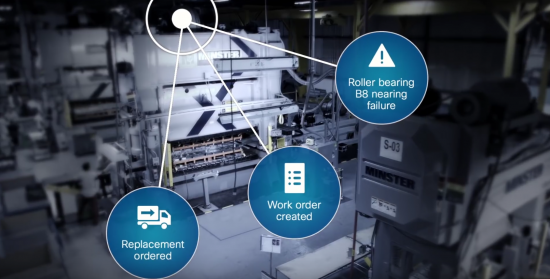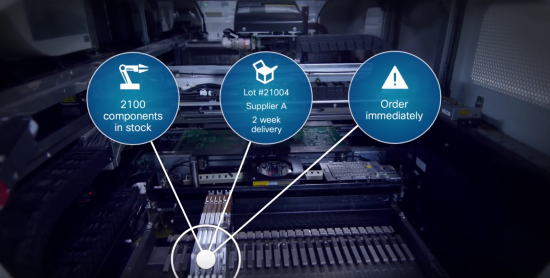































Co-Author:Scott Lapcewich, Rockwell Automation
Note: This blog features contentfroma Connected Futures podcast which has been edited due to space limitations
For today's manufacturers, data is every bit as important as supply chains, trucks, and industrial machines. Data is useless if you don't turn it intoinsights- and then leverage that real-time information for new efficiencies, services, and business models. Digital transformation - technology changeandorganizational change - enables the agility that manufacturers will need to compete effectively.
Recently, I had the privilege of exploring how manufacturers are approaching digital transformation on a podcast with Scott Lapcewich, Vice President and General Manager of Customer Support and Maintenance for Rockwell Automation.
Here are some highlights from our conversation:
How do successful manufacturers start going digital?
Scott and I agreed quickly that it's important to get back to the basics when thinking about going digital -you need an actual plan! Many of the customers that we engage with are excited about the possibilities of digitization and we encourage them think about how their manufacturing operations fit into their overall business goals.
Scott brought up a few additional considerations following the development of your plan:

So Scott mentioned data. From my experience working with customers and even internally, data scares people. That includes the volume of data and what it's trying to tell them. Data for data's sake doesn't make sense. The sensor and the data together are powerful.
What advice are you giving manufacturers to optimize performance?
As I said previously, first you need to unlock the data that exists so you can actually start reacting to what's going on. Looking at what's there can be scary because if it's not there and you can't see it, it's a great way to hide problems.
When I look at the numbers of sensors coming out and talking, some surveys are 20 billion sensors in the next five years, some are 40, some are 50, but the number doesn't matter. It's a huge amount of data from those sensors. What we need to talk about is where did the data come from, what we do with it, how do we do it, and where are you looking at it from. We also need to help our customers understand that data, how they're either using or not using the data, and how to prioritize that information.

Scott gave some examples of what Rockwell Automation is doing to indicate the health of different assets and generate automated diagnostic information on what's happening on the plant floor. By building automated analytics into Rockwell Automation programmable controllers and enterprise software, customers can get intelligence coming back from the machines.
We also talked about the significant opportunity to analyze data trends and monitor performance benchmarks to help customers determine specific actions they can take within their operations. As an example, to improve quality they can view long-term trended data to pinpoint what factors may lead to declining quality over time.
How can they master (or get control of) their data?
One thing we always hear from manufacturers is they are getting data and dashboards, but the problem is they have too much data and not enough expertise around the alerts being received. If an alert goes off, they want built-in workflows to call the expert -whether in-house or out.
I asked Scott if Rockwell Automation is building any capability that routes the alerts on devices to a trained operations professional so that customers can start handing it off to automation suppliers.

Turns out it's not as easy as it may sound. He explained that the challenge is there's a lot of alarms that occur in a process line in any given day. Some of them are meaningful, some are not. So in terms of being able to set up a managed service agreement with customers, there needs to be collaboration up front as to what the process line is doing, what the key variables and trends are, and how to monitor them to indicate potential issues. Then you can set up the sensors and monitoring capability to identify which combinations of events or alarms indicate a potential pending failure, pending issue, or an issue that's already occurred.
Rockwell Automation does in fact provide the service of routing alarms to their support center where someone is available to respond 24 hours a day. They can also route alarms directly to a specific domain expert's desktop -wherever they are in the world -to troubleshoot remotely.
Those are a few of the key takeaways from our discussion. Listen to the full podcast on Itunes and check out our slideshare for more high-level takeaways:
Connected Futures Podcast: The Digital Manufacturer -Resolving the Service Dilemma from Connected Futures
To receive future Manufacturing blogs straight to your inbox:

 Tags quentes :
Internet of Things (IoT)
Internet of Everything (IOE)
IoE
Digital Manufacturing
connected factory
Business Trends
connected supply chain
Connected Futures
Factory
Tags quentes :
Internet of Things (IoT)
Internet of Everything (IOE)
IoE
Digital Manufacturing
connected factory
Business Trends
connected supply chain
Connected Futures
Factory